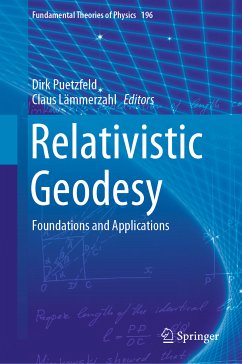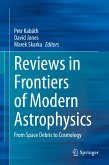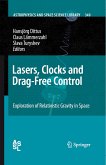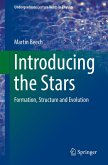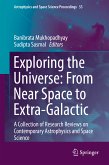Due to steadily improving experimental accuracy, relativistic concepts - based on Einstein's theory of Special and General Relativity - are playing an increasingly important role in modern geodesy. This book offers an introduction to the emerging field of relativistic geodesy, and covers topics ranging from the description of clocks and test bodies, to time and frequency measurements, to current and future observations.
Emphasis is placed on geodetically relevant definitions and fundamental methods in the context of Einstein's theory (e.g. the role of observers, use of clocks, definition of reference systems and the geoid, use of relativistic approximation schemes). Further, the applications discussed range from chronometric and gradiometric determinations of the gravitational field, to the latest (satellite) experiments. The impact of choices made at a fundamental theoretical level on the interpretation of measurements and the planning of future experiments is alsohighlighted. Providing an up-to-the-minute status report on the respective topics discussed, the book will not only benefit experts, but will also serve as a guide for students with a background in either geodesy or gravitational physics who are interested in entering and exploring this emerging field.
Dieser Download kann aus rechtlichen Gründen nur mit Rechnungsadresse in A, B, BG, CY, CZ, D, DK, EW, E, FIN, F, GR, HR, H, IRL, I, LT, L, LR, M, NL, PL, P, R, S, SLO, SK ausgeliefert werden.
Es gelten unsere Allgemeinen Geschäftsbedingungen: www.buecher.de/agb
Impressum
www.buecher.de ist ein Internetauftritt der buecher.de internetstores GmbH
Geschäftsführung: Monica Sawhney | Roland Kölbl | Günter Hilger
Sitz der Gesellschaft: Batheyer Straße 115 - 117, 58099 Hagen
Postanschrift: Bürgermeister-Wegele-Str. 12, 86167 Augsburg
Amtsgericht Hagen HRB 13257
Steuernummer: 321/5800/1497
USt-IdNr: DE450055826
Bitte wählen Sie Ihr Anliegen aus.
Rechnungen
Retourenschein anfordern
Bestellstatus
Storno

